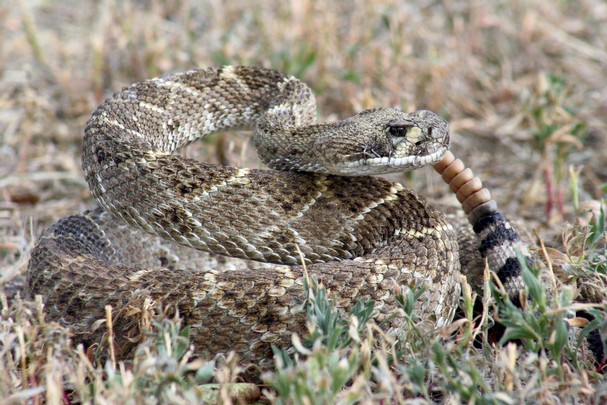Whether you’re hunting deer or hogs or strolling through the woods to admire the fall landscape, you’re in critter country. However, using common sense about the causes of danger and gaining knowledge of how to keep tiny things from developing into life-altering problems are the best line of defense.
Ticks and chiggers certainly can be itchy and irritating, but they also can carry diseases. Most bug-borne diseases start with flu-like symptoms, including chills, fever, headache and body ache. But instead of passing like the flu, symptoms can get much worse. Lyme disease is the most frequently diagnosed tick-borne problem in the United States and may produce skin lesions or rashes. Untreated Lyme disease can produce severe damage to the joints, heart and nervous system.
A dear family friend who contracted Lyme disease was on the verge of death when doctors finally figured out what was wrong and were able to effectively treat him after they found out that the culprit was a bite from an animal no larger than the head of a pin. Had he not received proper care, it’s not unreasonable to consider a much more painful scenario. The key was that he went in and got treated, though it certainly could have been sooner.
Rocky Mountain spotted fever and human ehrlichiosis, also spread by infected ticks – notably the lone star tick – can create a measles-like rash and can be fatal if not treated quickly and correctly.
There are a number of things you can do to protect yourself. Wear insect-repellent containing DEET to keep bugs away and wear long-sleeved shirts and pants with the cuffs tucked into your boots. Also, wear light-colored clothes and treat clothing with repellent containing permethrin.
You also should check yourself for ticks regularly while hunting and especially after field dressing and cleaning deer, which often harbor ticks that can spread diseases.
Also, don’t wade through tall grass, especially in the dark, and don’t put any of your limbs in places where an animal or insect could hide, including snakes, which could appear on warmer days and certainly are still common in hotter locales such as South Texas this time of year. Get help if you are bitten by a snake or other creature and go to the hospital as soon as possible. Certainly be aware of signs indicating serious illness. If possible, call ahead so the ER can get antivenom lined up. Even in prime rattler country, some hospitals don’t keep it on hand.

It also should be noted that antivenom can be exorbitantly expensive for those without insurance, which is further evidence to keep your hands to yourself. There are multiple reports of people who received treatment after being bitten by copperheads and other poisonous species later discovering that their hospital bills ran $50,000 or more.
Snake-proof footwear also is handy for not only avoiding a serpent problem but also warding off cactus, which is another souvenir that could cause problems should it burrow in deep and cause an infection.
One disease that most folks may not consider but is likely much closer than they realize is plague, the same disease that wiped out tens of millions in Europe in the Middle Ages. Plague actually is common in rodent populations of West Texas and can be transmitted to people by fleas or by direct contact with infected animals such as prairie dogs, squirrels, cats, rats and mice. Without immediate medical attention, plague can be deadly.
Mosquitoes also can be hazardous.
Encephalitis is an infection of the central nervous system caused by one of several mosquito-borne viruses and producing intense headache, high fever, nausea, muscle tenderness, partial or nearly complete unconsciousness and even coma. West Nile virus, also transmitted by mosquito bite, also has received attention in recent years as it has been blamed in multiple Texas deaths, mostly claiming those who are older or who have weaker immune systems.
If you discover you have become a feast for a tick, be careful. A tick that’s already attached itself needs special attention. Instead of jerking it out, use tweezers to grab the head at the skin and pull firmly until it releases, and treat the bite with an antibiotic.
After you’ve spent time outdoors, be aware that if you start feeling like you’re coming down with the flu, see a doctor. Those symptoms may indicate something more serious.
In addition to bugs, there are bigger biting critters out there. Raccoons or skunks may carry rabies, but you can’t tell by looking at it whether an overly aggressive varmint is carrying rabies. However, raccoons and skunks often are carriers, so keep your distance from any that don’t run away. If a varmint happens to bite or scratch you, get medical help as soon as possible.
There’s no reason to let the threats of insect- and animal-borne disease hamper your hunting efforts this fall and winter, and there’s also no reason to let them scare you away. Watching your surroundings and monitoring the health of yourself and others is key to safely enjoying the great outdoors.




















